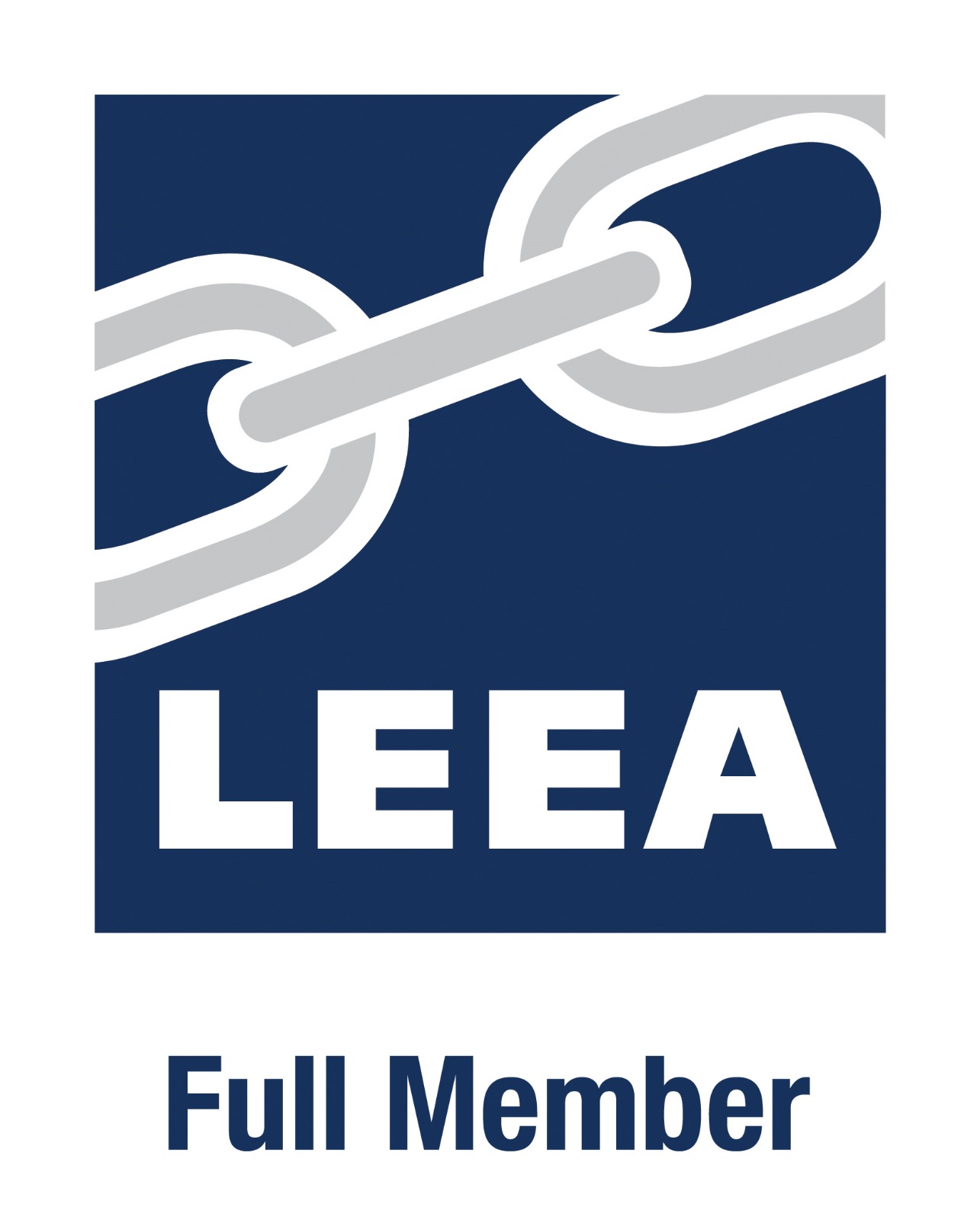
Facade refurbishment projects are mostly characterised by a higher degree of com-plexity and uncertainty because, as opposed to the new-build projects, designs are based on existing conditions of a building. In the majority of refurbishment projects, the work commences on site with incomplete design as the structural handover of a building constructed sometimes a few decades before is either missing or inaccurate.
The working tolerances, we use today in the construction industry, are far tighter than they were at the construction stage of an old building hence the need to have an accurate structural design that reflects a realistic blueprint. Professional surveys conducted by engi-neering specialists are sometimes an impossible achievement to get due to the lack of, or improper access to the surveying points especially when the building is meant to be refurbed while occupied by the tenants and the access is an unstable structure of either scaffolding that already covers the whole building by the time the facade contractor gets in there or either is a MEWP like mast climber, cherry pickers or scissor lifts.
Getting the input design information during the installation stage of the new building envelope leads to a disruptive installation process, lots of site adaptations, uncertain delivery time and therefore a negative variance to the proposed budget for the facade contractor and the end client. Generally, a project that is ill defined will be relatively uncertain in its performance.
We encourage our clients to implement in their facade refurbishment projects a classic laser pointing pre-survey process to complement their design input information with accurate values so they maximise the timings on installation, minimise design errors and site adapta-tions over the building or materials and get ultimately a better chance to keep the costs on target.
This is where our expertise in surveying come into play and helps in turning the overall outcome of a successful project into the favourable stance for everyone involved in the project.

